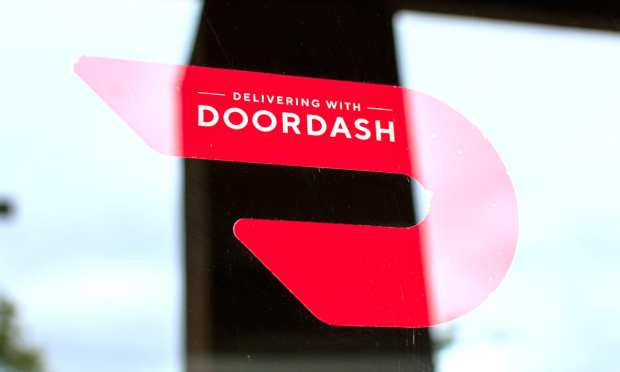A Drone Of Its Own: DoorDash IPO Filing Shows Triple-Digit Growth As Firm Eyes Expansion

Food now – and more to come. Maybe via drone.
On Wall Street, the fine print and the filings can reveal much. To that end, DoorDash filed its IPO prospectus – officially known as an S-1 filing – with the Securities and Exchange Commission (SEC) on Friday (Nov. 13), which shows heady growth, continued but narrowing losses and a hyper-competitive business environment.
Generally speaking, the S-1 offers a chance for would-be investors to size up the metrics and the competitive landscape that exists for a company as it brings its shares to the masses. In this case, the metrics show triple-digit gains on the top line, and red ink on the operating income lines still in place – a hallmark of high-flying platform companies that have gone public over the past several months.
In terms of general numbers, DoorDash revenues for the period that ended in the first nine months of 2020 surged more than 220 percent to $1.9 billion. At the same time, the operating loss declined from $479 million to $131 million.
Cash Is King?
Most importantly, in our eyes at least, for a high-growth company that has yet to show positive results on the operating line, cash matters. The company reported that it has $1.6 billion in cash and equivalents on its balance sheet. That cash tally will doubtless rise from proceeds in the IPO – and serves both as a strategic asset and a defensive asset (in the event of external, economic or competitive pressures).
And the food delivery space, of course, is nothing if not competitive. The company said in its filing that it has 18 million consumers, 390,000 merchants and one million “Dashers” in its ecosystem.
Here’s an interesting tidbit from the filing: “If we can make possible the delivery of ice cream before it melts, or pizza before it gets cold, or groceries in an hour, we can make the on-demand delivery of anything within a city a reality. We started with restaurants because of the potential to build the most efficient logistics network.”
In addition, the filing took note of moves into autonomous and drone deliveries. “We are also beginning to expand into other verticals beyond food, and our ambition is to empower all types of local businesses,” it stated.
This speaks to the strength of a platform model, where bringing supply and demand together – and having the infrastructure in place to get supply where it needs to go – can be flexible enough to expand horizontally. Uber is a good case in point here, having broadened from ride-hailing to food delivery to freight.
For now, the focus on meal delivery shakes out to an estimated 50 percent market share in the category based on sales, compared to 26 percent for Uber Eats and 16 percent for Grubhub. The company implies that the greenfield opportunity is considerable. DoorDash said that U.S. consumers on the company’s platform represented less than 6 percent of the U.S. population at the end of the third quarter, noting that “we are in the early phases of broad market adoption.”
Gross order value on the marketplace was $8 billion in 2019, which is less than 3 percent of the total spent that year off-premise at restaurants and other consumer food establishments in the U.S.
“We believe that this off-premise opportunity will continue to grow,” said the company in the S-1. “Fifty-eight percent of all adults and 70 percent of millennials say they are more likely to have restaurant food delivered than they were two years ago – which, of course, is being accelerated by the pandemic.”
Recent PYMNTS research dovetails with those sentiments. As many as 80 percent of consumers surveyed recently stated they will maintain some of their online food ordering habits even after the pandemic ends.
